Raybaby will be giving 20 free units to CP Families in honor of World Cerebral Palsy Day. To win one, See more here on the 6th of October.
Cerebral Palsy is a lifelong congenital condition that comes about as a result of certain anomalies in the development of the fetal brain’s cortex- the region responsible for the coordination of body movements. The resultant effect is an impediment to normal motor and muscular functions. It is the most prevalent form of childhood disability.
Etiology (Causes) of Cerebral Palsy
A range of congenital anomalies in proper development of the fetus lead to CP. These anomalies are as a result of defects brought about by one of several factors:
- Genetic mutations
- Brain bleed (otherwise called intercranial hemorrhage)
- Neural tube defects
- Brain cleft or slits in the cerebral hemisphere of the brain
- Asphyxia (i.e lack of oxygen) during birth
- Brain infections such as meningitis, abscess and encephalitis
- Maternal infections
How does cerebral palsy impact the life of a young child affected by it?
- Poor muscle tone that consequently affects voluntary and involuntary movements. This manifests outwardly as tardy or stiff responses to certain stimuli.
- Difficulty maintaining posture when sitting upright.
- It takes a longer while for an affected child to walk, talk or crawl when compared with their peers.
- Crawling belly-first rather than on all fours.
- Inability to swallow or feed properly. There’s also the risk of the child choking on their spittle while asleep.
Because cerebral palsy is caused by a brain lesion that is static and non-progressive, a child with CP is essentially simply a normal child but with special needs.
After all that’s been said and done, the reality of caring for a child living with cerebral palsy goes beyond medical terms, anecdotes and definitions. This is coupled with the fact that there’s a relatively poor research base for all musculoskeletal-related treatments. This could make being a parent to a child affected with CP a totally exhausting experience on every level you can think of. It’s therefore not surprising that the affected families only grow and thrive within the context of these disabilities.
Notwithstanding, it’s amazing the sheer strength some families display in the face of all of this. As with the case of Jessica, whose baby, Noah, suffered a brain injury and kidney failure due to restricted blood flow and prolonged shortage of oxygen in his system at birth. At 13 months, he was diagnosed with Quadriplegic Cerebral Palsy. Now 2-years-old, 15 surgeries and over 10 blood infections later, Noah is still going as strong as ever! But what did it feel like for Jessica on learning about the diagnosis the first time and how has she handled it since then?
Jessica and another parent tell their stories:
“Noah was diagnosed with Quadriplegic CP when he was 13 months old. He suffered severe brain injury due to prolonged oxygen-deprivation as well as kidney failure that was as a result of restricted blood-flow to his kidneys. At 8 days old, he started dialysis and spent about 100 days in the ER before continuing peritoneal dialysis from the comfort of our home. We first found out about him having CP during pre-transplant evaluation as he eventually had to get a kidney transplant for which I happened to be a fitting donor.
One word to describe that day would be shock because even though we knew the situation wasn’t exactly pretty, no parent can ever be fullly prepared to hear such dire news about their child like that. To be honest, it was super hard to process… it was a really crazy day for me.
Over 10 different blood infections, 15 surgeries and being fully G-tube dependent, one word that aptly describes my baby has to be “Fighter”. I mean, this is someone who at 8 days old, we were told he’d have no remote chance at a slightly normal life, but he’s here still fighting, present and proving everyone wrong!
Noah turned 2 on September 20th and we had a big, absolutely fun Mickey-themed party. I see him becoming a neurologist or a nephrologist, proferring solutions to kidney or brain injury problems— two body parts that have played such defining roles in both our lives.”
– Jessica Peniazek
“At about 18 months, Maddy was diagnosed with cerebral palsy. On first finding out, we were pretty devastated because we previously associated CP with phrases like “life-altering” and “life-limiting”.
Maddy is now 5 years old and she has been so quickly-adapting and independent, I definitely wouldn’t consider her life-limited at all. In fact, because of her, we’ve been privileged to meet incredible families along the way with amazing kids just like her. Families we’ve been able to connect with in ways we previously never would have without Maddy.
In one word, I’ll describe her as amazing every single day she does things that completely amazes us. Maddy says she’ll like to be a doctor when she grows up and I know all her dreams are absolutely valid.”
– Erin
From the personal stories shared, it is therefore evident that in administering medical care to CP-diagnosed children, it is crucial to approach CP-related symptoms as a problem that not only affects the child but also their immediate families. The goal for any affected family is for both they and their child to live a life minimally impacted by the effects of the disability. This is precisely what birthed the Raybaby monitor.
The idea behind this baby monitor is to help parents understand exactly what is happening with their child’s body via easily-digestible data with no need for baby-skin contact.
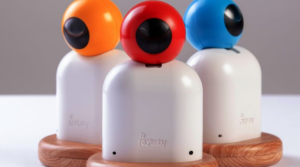
What does the Raybaby monitor do and how does it work?
The Raybaby monitor works in a rather amazing way by generating what is fondly called the “Raybaby zone” which is basically the extent to which the advanced radar sensor generated by the monitor projects— about 1 – 6.5 ft away from the monitor itself.
What does this mean for a baby with cerebral palsy?
This means Raybaby can track the child’s chest movements and sleep status without the need for any external ankle attachments that are usually mostly uncomfortable for them.
What happens next?
Using data from the radar sensor, Raybaby instantly alerts the parents via the mobile app if anything untoward is going on.
Why Raybaby is a handy parent-assistant in CP-affected babies.
Perhaps, the most evident CP-associated symptom in babies is breathing issues. Because muscles that control breathing, feeding and swallowing are affected, there’s an increased risk or even a direct resultant effect of respiratory infections, the lungs not being able to maximally diffuse oxygen and a host of other respiratory complications hence the child struggles with breathing.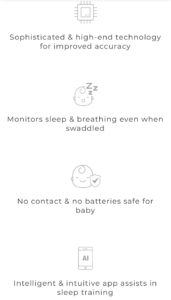
As a parent, you want to be able to constantly monitor that while your child is asleep, there isn’t a chance of any discomfort that may not physically manifest itself, you want to be certain they are breathing well with no complications or obstructions whatsoever because when your baby breathes well, they sleep better.
Raybaby’s radar-sensor approach helps achieve just that by accurately assessing variations in breathing & sleeping patterns and then translating it into readable data that outputs as useful information for the parents’ quick action.
Rather than take our word for it, read what elated parents have to say about using Raybaby:
“Baby Ryder is diagnosed with cerebral palsy
And when he sleeps most of the time he breathes very slow and most of the time he chokes from his saliva and reflux and struggles to breathe. And sometimes after choking, he breathes too fast, So this Data is very useful for us. I truly appreciate, your device is very useful to us.”
—Tiffany Turner-Banks.
“I must say Raybaby has saved my sons life, My Baby Ryder (Zhanayah) was diagnosed withholding Cerebral Palsy and has breathing issues, RayBaby is able to tell my wife via the app when Baby Z is breathing slowly. This is amazing and we want to say thank you. Every parent caring for kids with Cerebral Palsy needs this technology. Well done guys!”
—Hugh Turner-Banks.
These are just some of the many amazing ways Raybaby helps to make both child and parent’s lives better.
Raybaby recognizes how much it’ll mean to parents to function a little outside the context of their child’s disabilities, so in anticipation of the 6th of October, World Cerebral Palsy Day, Raybaby will be giving out 15 units of Raybaby to some amazing moms out there. To be eligible to win, enter on Instagram: @pregnantandperfect or @raybabyjournal and follow the instructions.

- How Setting Postpartum Boundaries made me lose my brother - February 6, 2025
- How To Revive Your Sex Life After Baby - October 17, 2023
- The Sona App Aims To Make Your Child “Sleep Like A Baby” And We Tested It - May 14, 2023
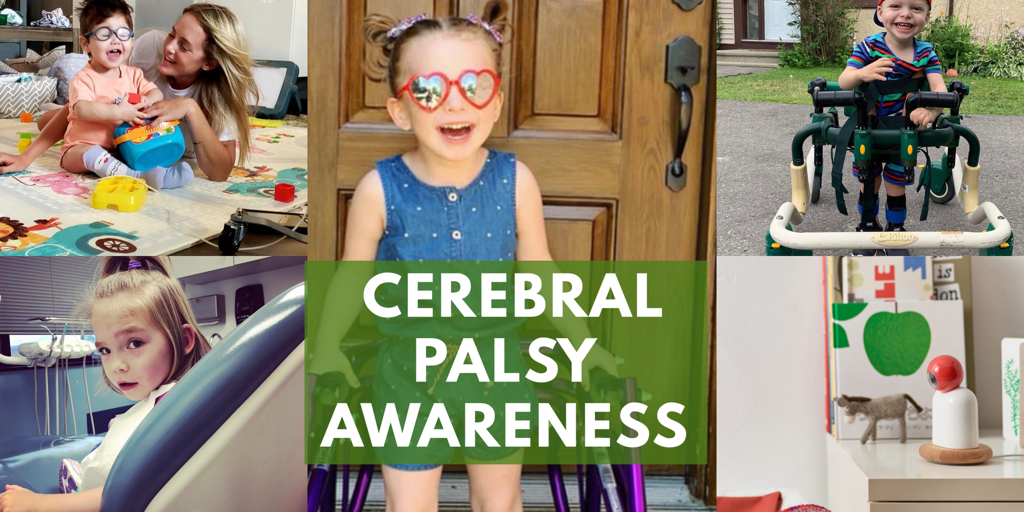
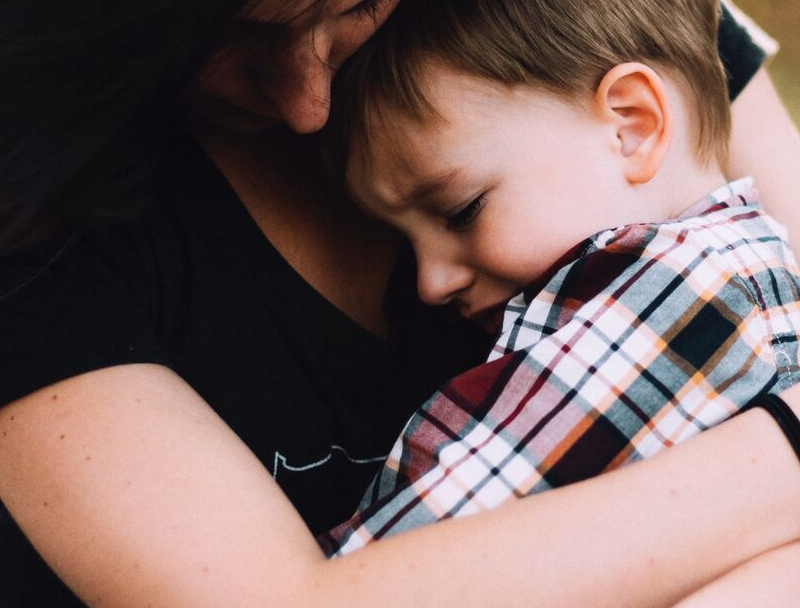
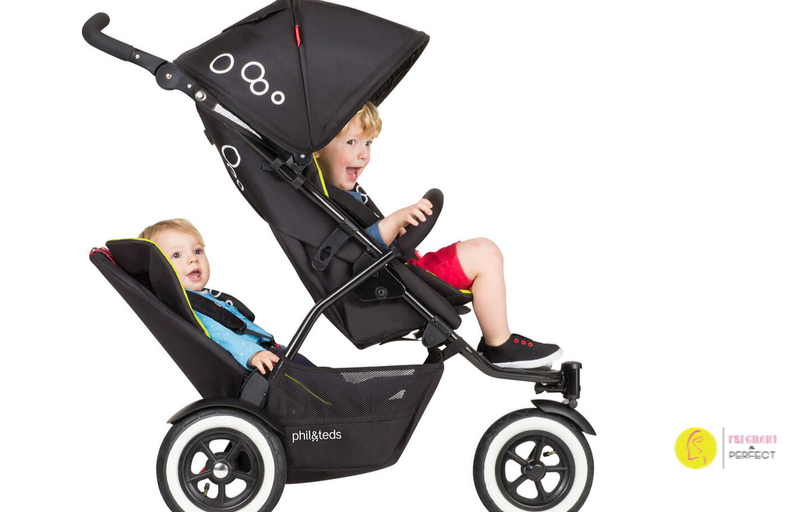
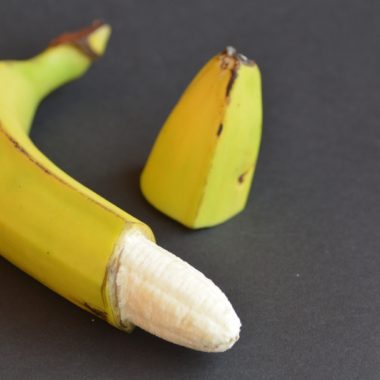
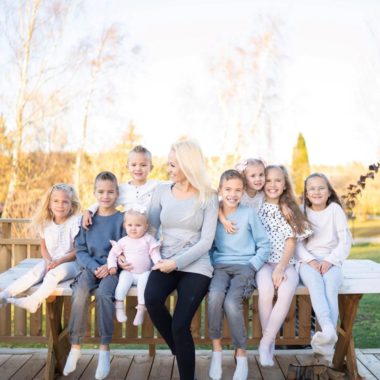
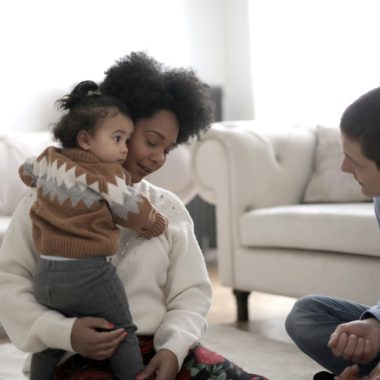

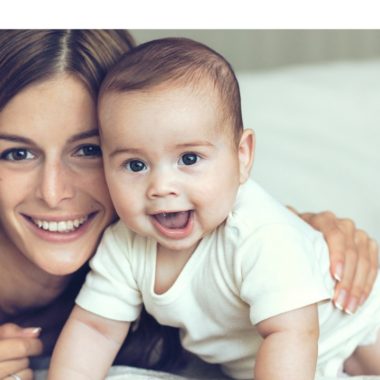

2 comments
It’s a shame you don’t have a donate button! I’d certainly donate to this brilliant blog! I suppose for now i’ll settle for bookmarking and adding your RSS feed to my Google account. I look forward to fresh updates and will share this website with my Facebook group. Talk soon!
Good way of telling, and nice paragraph to obtain information concerning my presentation subject matter, which
i am going to present in academy.